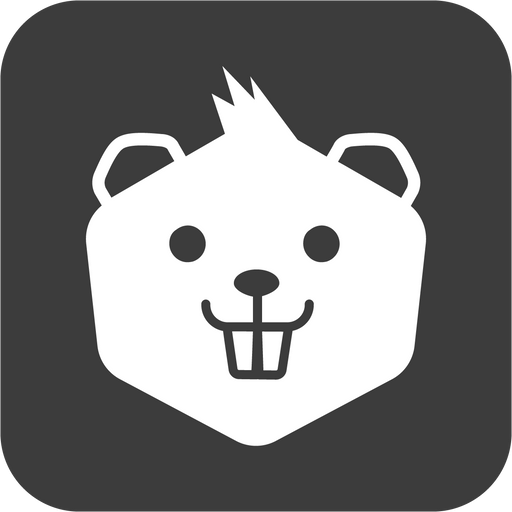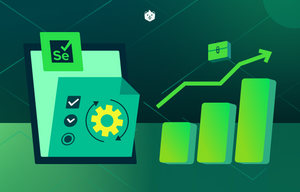You open your laptop to complete the API integrations in your new project but your mind keeps wandering.
“Why isn’t anyone responding back?” is running constantly on your mind.
Restlessly you open a new tab in your browser and head straight to the careers page of yet another software technology giant.
You attach your resume, fill in the details (that are already in the resume, by the way), and hit send, hoping to get a call back this time at least. Just then your phone chimes and your eyes pop looking at a Gmail notification that slides across your screen.
You hold your breath and cross your fingers as you open the response from your DREAM company.
Thank you for applying for the Software Engineer post. Unfortunately, you have not been selected to proceed to the interview stage. We wish you..
You stop reading and go back to your project with a sunken heart.
Though you send out a power-packed resume that lists all 7 programming languages you know, you end up waiting for a call that never comes.
Maybe, the entry-level job you are applying to is asking for 3 years of experience. Or perhaps you have the right work experience in your resume to qualify for the role and yet have been rejected for an unknown reason.
If this has ever happened to you, you are not alone.
And the good news is that you can now own your career with a clear and focused approach. But before you get to that, let's understand what interviewers really care about.

“Ultimately recruiters just want to find the info they’re looking for as quickly as possible,” – Jon Shields, Marketing Manager at Jobscan.
In other words, your resume needs to cross a preliminary readability test even before the actual contents are looked at. If it is not ATS-friendly or easy to scan through at first glance, chances are high that you are nowhere close to getting that much-anticipated interview call.
In the following sections, you will discover what has been lacking in your resume till now and even learn effective hacks to create a resume that converts to an interview call.
Blog Bonus: How To Build The Perfect Software Developer Resume [Free Guide]
Resume format
Arrange your information in reverse chronological order. The reverse chronological resume format is by far the best format of a resume as it emphasizes the important details first.
In this layout, the most recent and most relevant information is organized on top followed by the next important detail.
This brings your work experience or key projects on top (whichever is more recent) and immediately grabs the attention of a hiring manager since this is the most important detail they are looking for.
But even before that, the first thing that should stand out in your resume is who you are.
Download the Definitive Resume Guide to uncover the recommended Resume Skeleton For Software Developers and Engineers [Go to Things to Include in Your Resume]
Download Resume GuideAs a recommended practice, organize your details keeping in mind the reverse chronological order:
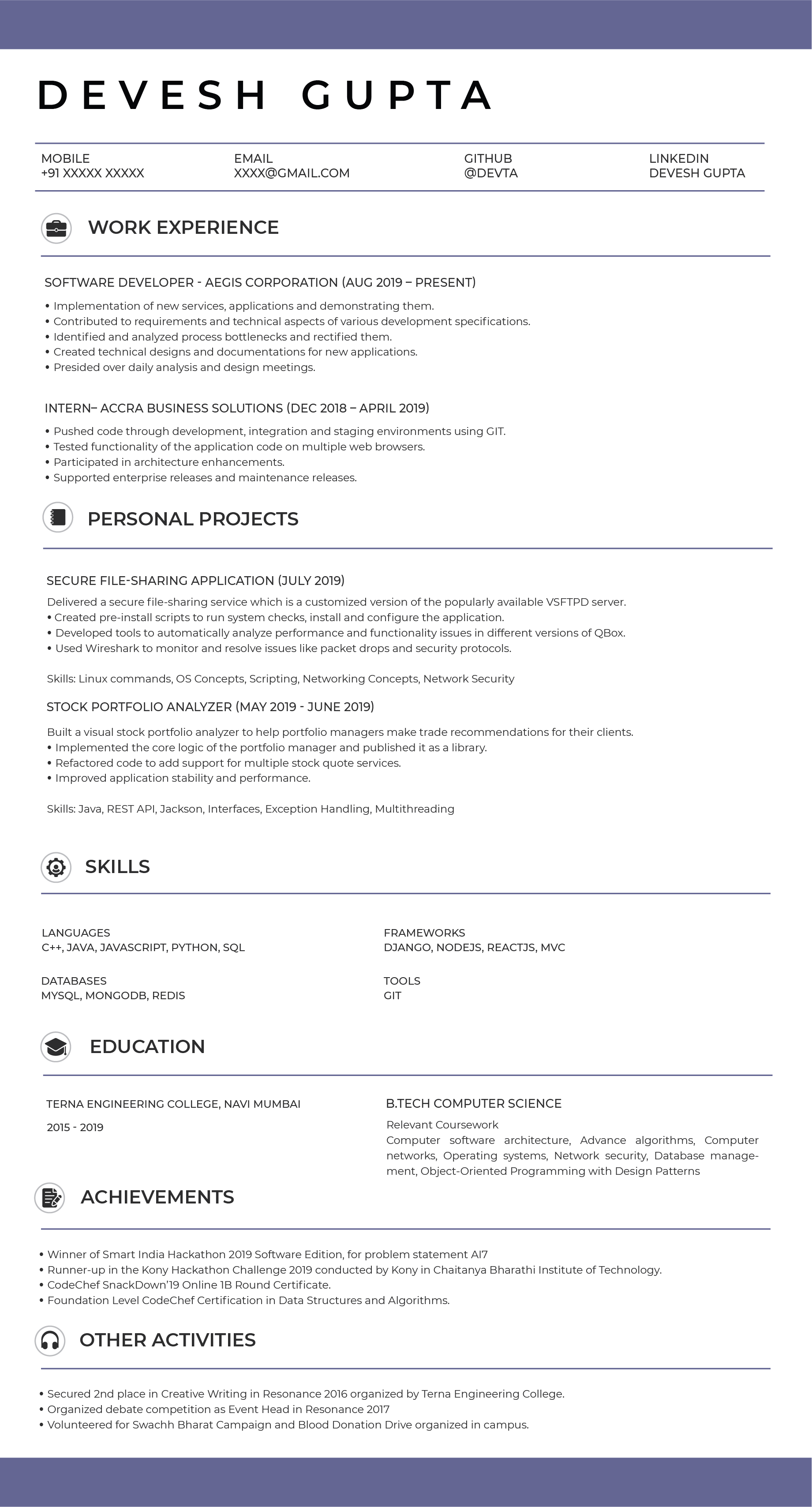
Download the above Resume Template and Build Your Own Resume
Tip
Avoid sharing long URLs. Consider sharing your profile name in case the hiring manager is viewing a printed copy of your resume.
Another Blog Bonus: 20+ Cool and Unique Development Projects to Include in Your Resume [Free Resource]
Single page resume
Once you have all your information in the above-mentioned format, put some thought into structuring it all in a one-page resume format. This makes it easy for the reviewer to glance through all your information at one go from a single page. A single-page resume is bound to make it easier for the reviewer to read your details in an easier manner.
Easy to scan
Every job posting attracts hundreds of applications and it takes a great deal of time to go over every application.
On average, reviewers spend just about 6-10 seconds to decide whether to proceed with the job application. This means that you have less than 10 seconds to make your first impression on your potential employer.
“Your resume should be clean, concise, and organized. It should look appealing to the eye, leveraging modern (but not obnoxious) fonts, a good use of white space, and intuitive in terms of the flow,” – Ally Compeau, CEO of Woof Signs.
Best practices to make your resume easy to scan
- Bold keywords in your descriptions to highlight your skills and achievements.
- Use the same font throughout and differentiate headings, subheadings, and descriptions with different font styles.
- Use heavy/bold font style for headings.
- Medium weight font style for subheadings.
- Regular font style for descriptions.
- Make sure your resume is comfortable to read. Do not use a font size that is less than 11 pt on your resume.
- If you really want to use two fonts, pick them from the below options and use them like so:
- Headings (preferably sans serif)
- Serif: Georgia, Cambria
- Sans Serif: Helvetica, Arial, Calibri, Roboto
- Body
- Sans Serif: Helvetica, Arial, Calibri, Roboto
- Fonts to avoid: Comic Sans, Papyrus
- Headings (preferably sans serif)
- Break down your paragraphs into bullet points and keep the sentences short and to the point.
- Do not congest too much information together. Leave enough space between different parts of your resume so that it looks neat and is easy to scan through.
Download the Complete Resume Guide and Get Started With Your, Today
Leave a lasting impression in the reviewer’s mind
Once your resume has met the criteria of being neat, scannable, and easy to read, it is ultimately your technical skills and experience that are going to get you that interview call.

This is when you need to make sure that your resume is capable of holding a reviewer’s attention longer than 10 seconds and convinces them that you are indeed the most suitable candidate for the position.
Free Resource: How To Build Your Answers in any Interview Setting. Use this Simple Framework to WOW Your Interviewers.
Personalize your resume
First and foremost, research the company you are applying for.
Understand their job requirements and the kind of technologies used in the company.
Then, identify your skills, qualifications, coursework, projects, experience, achievements, etc that suit well for the position.
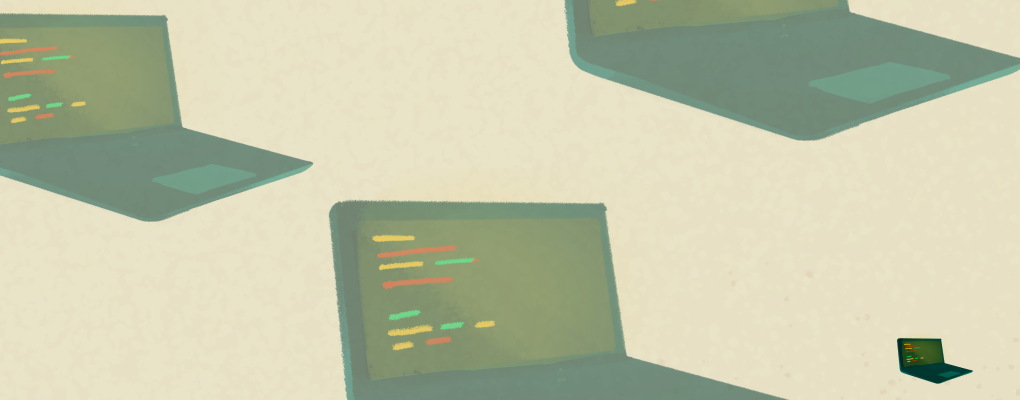
It might be tempting to show off a list of technologies and skills you have just started learning or have basic knowledge of. But this could be misleading if you do not have a thorough understanding and can put you at a disadvantage during the interview if that’s something the manager is looking for.
Before adding a language or a skill to your resume, ask yourself if it is worth calling out on your resume.
For example, adding business analytics as a skill for a backend developer role can quite easily tell the manager that your knowledge is superficial. It indicates that you have no idea what you are talking about or what you want to do.
Based on this research, customize the resume to match the job requirements and emphasize skills that are important for the role.
Best Resume Building Tips, Mistakes to Avoid, and the only DOs and DONTs you need to know - Download Guide
Communicate your skills
Identify a list of relevant skills to add to the resume, that matches your job description. Insert those key skills in your resume with relevant information to showcase the work you have done.
Use meaningful action verbs to create an impactful image of your work.
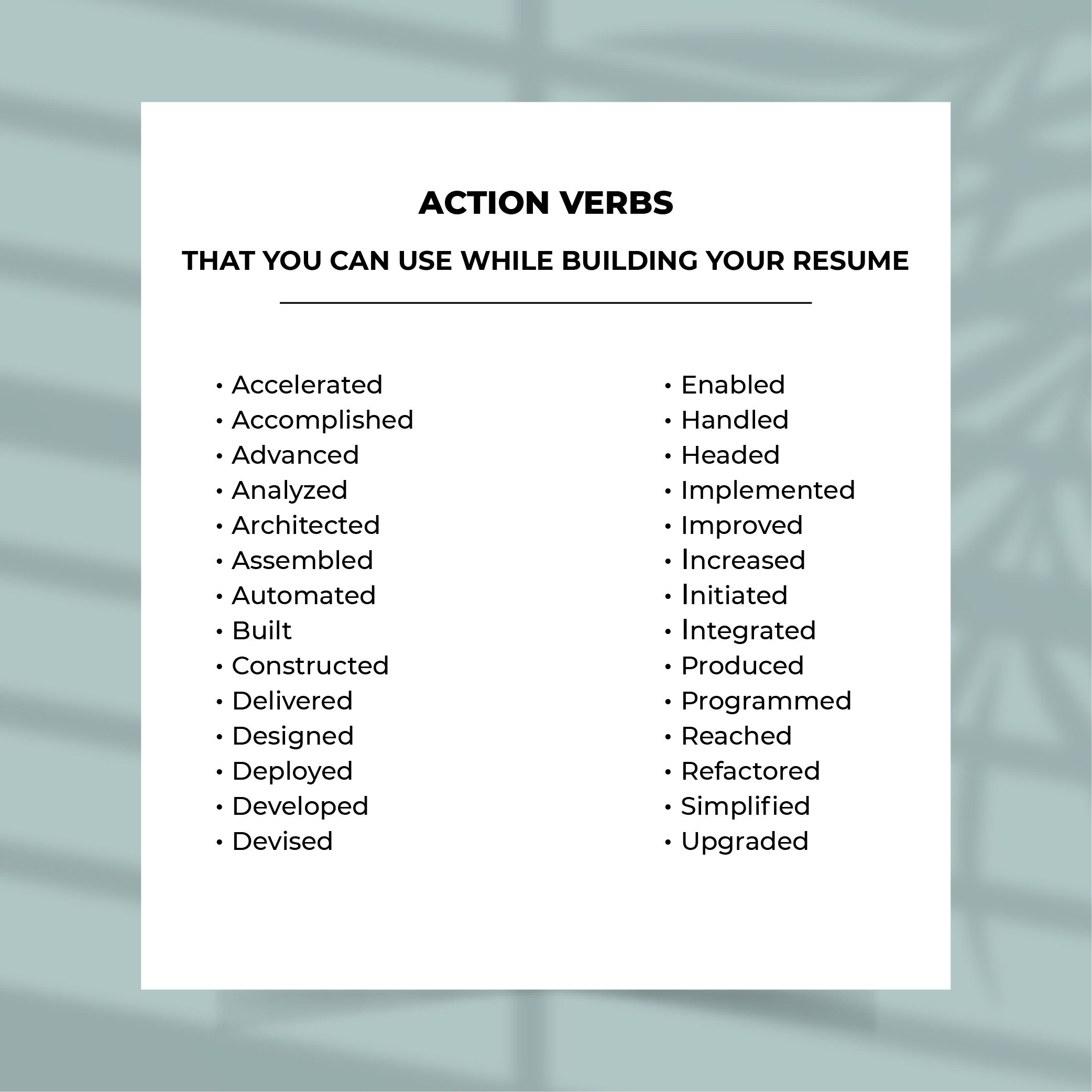
Download 100+ Action Words that can be used to describe various types of responsibilities
For instance, in the above image, you can see that the words ‘created’ and ‘built’ helps to create a sense of ownership in your work. These keywords help hiring managers to gauge your capability to manage an entire application from beginning to end.
Do not take it for granted that the hiring managers know what your work is about. Using internal lingos from your previous workplaces or even abbreviations can confuse your potential employer. This is a crucial factor and neglecting this could easily make them lose interest in your resume.
When writing descriptions for your projects or work experiences, pay attention to the following resume guidelines:
- State the obvious in a crisp and concise manner.
- Be specific about every sentence you write to describe your work.
- Keep your sentences short; 12-14 words max in a sentence.
- Expand acronyms when using them for the first time.
- Emphasize on the work you have done and its results rather than explaining who you worked for or what the company does.
- Try to quantify your contributions in universally measurable terms.
- Refrain from using heavy and technical terms. The simpler your descriptions, the more the manager will keep reading.
- Avoid writing in the first person in general - I, me, myself, mine.
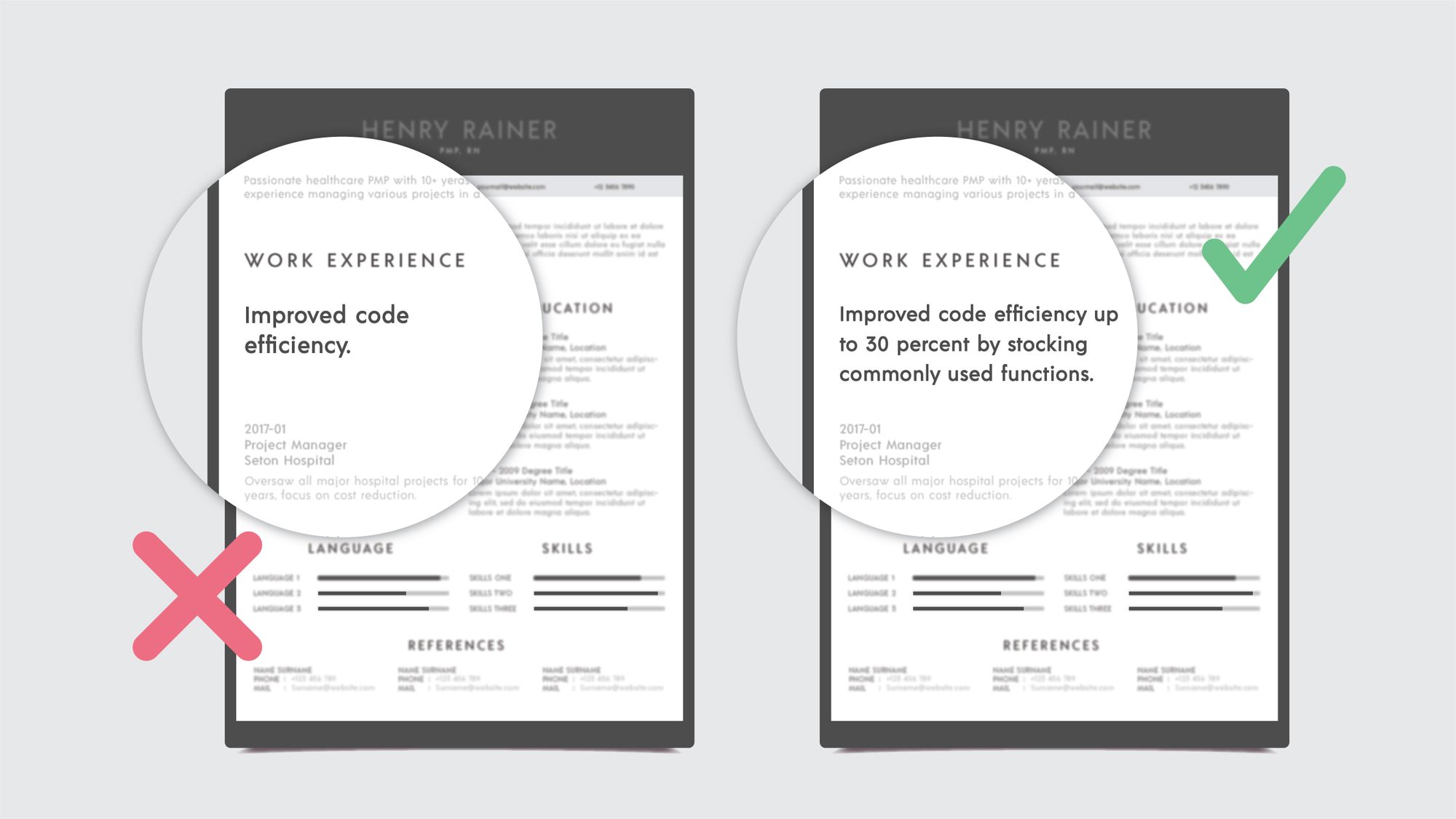
A simple structure that can be used to mention roles and responsibilities of software developers in a resume:
[did action X] using [technology Y] to [achieve goal Z]
Or
Used [technology Y] to [achieve goal Z]
Examples of writing descriptions in resume
- Developed a caching system using Redis to improve the application’s performance by 20%.
- Used Wireshark to monitor and resolve issues like packet drops and security protocols.
Tip
Ask a friend who doesn’t have any background knowledge of your work to read your descriptions. See if they can understand the descriptions in one read. If they have doubts about your work, keep simplifying your sentences till they are able to get a clear picture of your work when they read it in one go.
Start building your Resume with a Ready-To-Use Resume template [Free Guide]
Highlight your soft skills
Along with technical skills, hiring managers are looking for some qualities in you that stand out and highlight your soft skills.
Include relevant extracurricular activities in your resume that showcase your interests and strengths like -grit, determination, creativity, perseverance, empathy, resourcefulness, discipline, diligence, team spirit, etc.
Tips and Tricks to Ace InterviewsNo more than a single line description is required for these.
Listing these areas of interest outside of work shows that you are a real person and makes you seem more interesting.
Tip
Do not ever rate your own skills.
Final checklist
Before you hurriedly hit that send button, take a moment to verify all the information and ensure that it is flawless before sharing it.
Use all the tips mentioned in the Complete Resume Guide to Perfect Your Resume [Free Resource]
Here is a handy checklist of things to review before you send out a resume
- One-page resume which is neat to consume.
- Clickable links should direct to the correct URL.
- The dates mentioned should be correct.
- Your contact information should be correct.
- Check for typos and grammatical errors in your sentences. You can use grammarly.com for this.
- Ensure all sentences end with a full stop (these get missed out in bullets).
- Use a professional naming convention for your resume, something like: Full name-Resume
- Take care of inconsistencies - extra spacing, misaligned text, inconsistent bullet styles, inconsistent paragraph structures, etc.
Highlights
- The primary objective of a resume is to land you a job interview.
- To achieve that, it is important to prepare a resume that is ATS-friendly and easy to skim through.
- Prioritizing information in reverse chronological order is the perfect resume format to highlight your strengths.
- Make sure all the information is presented neatly in a one-page resume format.
- Reviewers spend less than 10 seconds to form their first impression of your application.
- Focus on improving the readability of the contents shared in your resume.
- Ensure that it is easy to scan through important details in the first 6-10 seconds.
- Personalize your resume to match the job requirements at the company you are applying for.
- Do not include skills and experience that are not relevant to the role.
- Highlight important keywords in your resume. But do not overdo it.
- Use powerful action verbs to describe your work experience and projects.
- Follow the basic resume writing guidelines to write professional project descriptions and work experience details in your resume.
- Bring out your soft skills through your extracurricular activities. Use the final checklist to make sure you submit a flawless resume that will get you your interview call.
Download Now: Complete Resume Writing Guide with Resume Template [Free Access]
What's included:
- Things to include in your resume.
- Action words to describe your experience.
- Resume mistakes to avoid.
- Dos and Don'ts while building your resume.
- Downloadable Resume Template.
Did you find this useful? Subscribe for more interview prep tips in your inbox.

